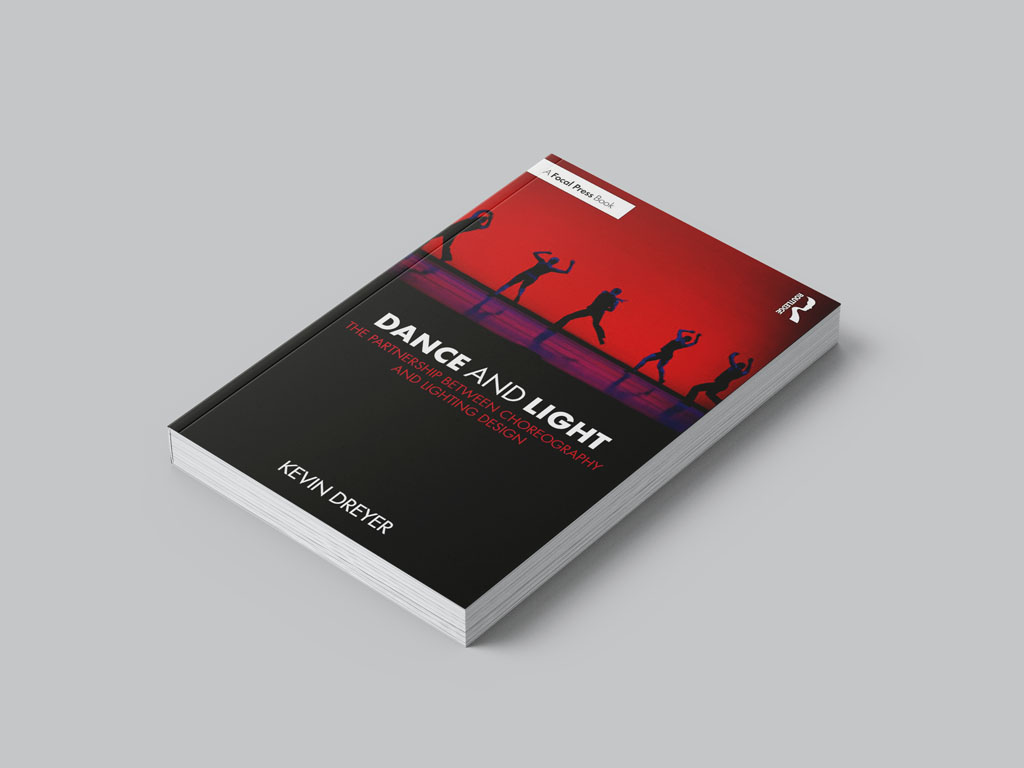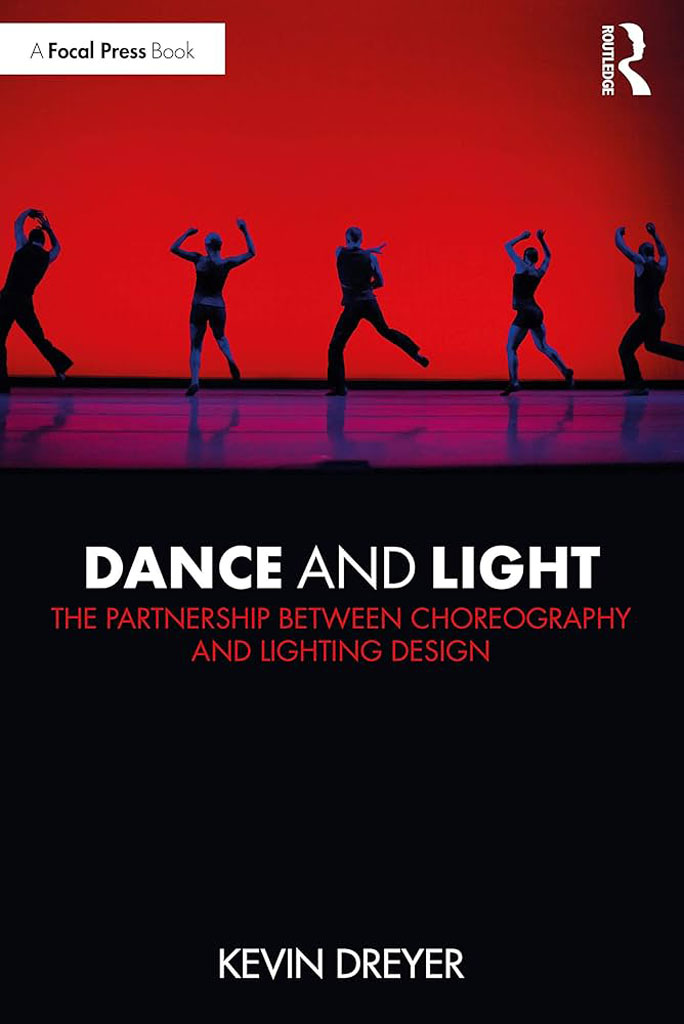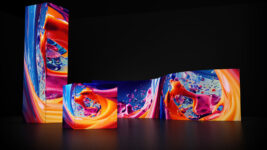BOOK REVIEW
17 Sep 2024
Dance and Light

Subscribe to CX E-News
The Partnership Between Choreography and Lighting Design, by Kevin Dreyer
Dance and Light: The Partnership Between Choreography and Lighting Design, is a book by Kevin Dreyer, freelance lighting designer and Professor of Theatre at the University of Notre Dame, and resident lighting designer for the Notre Dame Shakespeare Festival – that examines the relationship between movement (dance) and design (light). The book provides an in-depth discourse about the partnership that exists between the two, and different approaches that designers can take to enhance dance performances through lighting design.
The author shares anecdotes and ideas from an almost 50-year career as a lighting designer, along with practical examples and insights. He also stresses the importance of clear communication between designers, choreographers, and dancers.
Dance and Light is an unconventional book. Although educational in nature, it’s not written as a textbook but rather is laid out in short chapter form. Although it’s a book about two visual artforms – dance and light – ironically, it features next to no pictures.
Who is the book for?
Dance and Light is a book aimed squarely at lighting designers and operators who might be considering either a move into dance lighting, or looking to light a particular dance piece. It’s also well suited to any student or teacher of lighting design that wishes to incorporate a dance component into their curriculum, or anyone involved (or looking to get involved) in the creative process for live dance: choreographers, set designers, even producers and directors.
The main takeaway that Kevin Dreyer asserts in his book is that good lighting designers always take great interest in what they’re lighting. It stands to reason, of course, that if you’re lighting a band you know about their story, their music and the genre to which they are associated. Similarly, if you’re lighting a musical, you understand the play and the actors, or if you’re doing a corporate event, you know about the company, its products and its people. Dreyer asserts that it is the accumulation of these small pieces of information that separates good lighting designers from the great ones, and from where many of the best lighting ideas emerge.
Dance and Light: The Partnership Between Choreography and Lighting Design is written for a very specific readership. It’s a niche book that goes a mile deep on a topic an inch wide. Its 288 pages are not light reading by any means, so if you’re not part of the creative process for live dance, or if you have no aspirations in the field, this book won’t be for you.
What I liked (and didn’t like) about the book
You always have to appreciate a book written by an expert in the field as opposed to an academic; it adds that much more credibility to the text. This is certainly the case here with Kevin Dreyer’s book. What Dance and Light: The Partnership Between Choreography and Lighting Design offers is a first-hand look at how a highly credentialled dance lighting designer approaches his job. Dreyer’s working methods are centred mainly around getting to know a dance piece first, well before the lighting is imagined, and here he places great emphasis on effective communication rather than the technical aspects of lighting and lighting design.
For me personally, being a ‘lighting guy’, I wished there had been a bit more technical lighting information in the book; perhaps a few tips and tricks for using booms, best angles, colours and looks as they pertain to dance. This would have improved my impression of the book substantially. To that end, it was actually quite revealing to note just how far down the list of working priorities the technical nuances of lighting were to the author. But I suppose the book is titled ‘Dance and Light’ after all, not ‘Light and Dance’.
Being a visual person, I would have loved to have seen more photos of the author’s work scattered throughout the book. This seems like an obvious opportunity lost, given Dreyer’s level of experience in the industry. There was even an author’s note specifically addressing this omission – that it was a conscious choice. This is ultimately somewhat frustrating. The front cover has a very attractive photo, and to my mind more of this could have carried over into the book.
Verdict
Readability: 7/10
Dance and Light: The Partnership Between Choreography and Lighting Design, is an interesting read, no question. Although I’m outside the small niche of the book’s ideal readership, I was still able to get through it comfortably, and found the book to be both well written and constructed; its shorter chapters helping in this regard.
Supporting materials: 3/10
There were next to no supporting materials in the book; and here, as mentioned, photos in particular would have been a nice addition to both break things up a little, and offer examples of the topics being discussed to help support the text. More supporting materials would have made it a more interesting read and helped with the overall readability of the book.
Relevance: 9/10
For anyone interested in dance lighting, this book is the perfect fit. It’s well written by an expert in the field, sharing his approach, stories and best practices for lighting of both classical and contemporary dance pieces. If you’re looking to design lights for dance pieces and you’re after an approach or perspective from someone who’s been in the game for decades, this is the ideal book for you.
Usefulness: 5/10
Dance and Light: The Partnership Between Choreography and Lighting Design is a good read, although I’m not sure it’s a tome you would come back to repeatedly, even if you considered yourself one of the book’s target audience. It’s not written as a reference text with specific information or guiding principles on how to light dance. What it offers are insights and approaches that could be tailored to suit any type of lighting.
Value for money: 7/10
The question of value for money is a very subjective concept anyway, but here it’s perhaps almost impossible to gauge, given the nature of the book. Does it have educational value with concrete teaching points that can be drawn from, or is it more of a fun, storytelling read from an author whose experience in the field of dance lighting is well regarded? That is ultimately up to the reader to decide.
Total: 31/50: 4 Stars

Subscribe
Published monthly since 1991, our famous AV industry magazine is free for download or pay for print. Subscribers also receive CX News, our free weekly email with the latest industry news and jobs.






